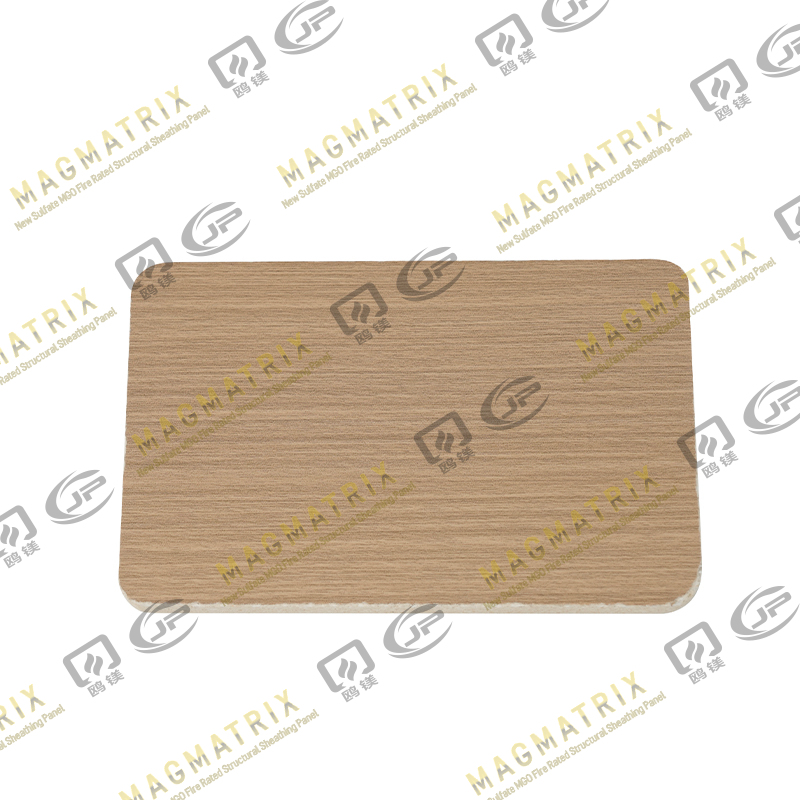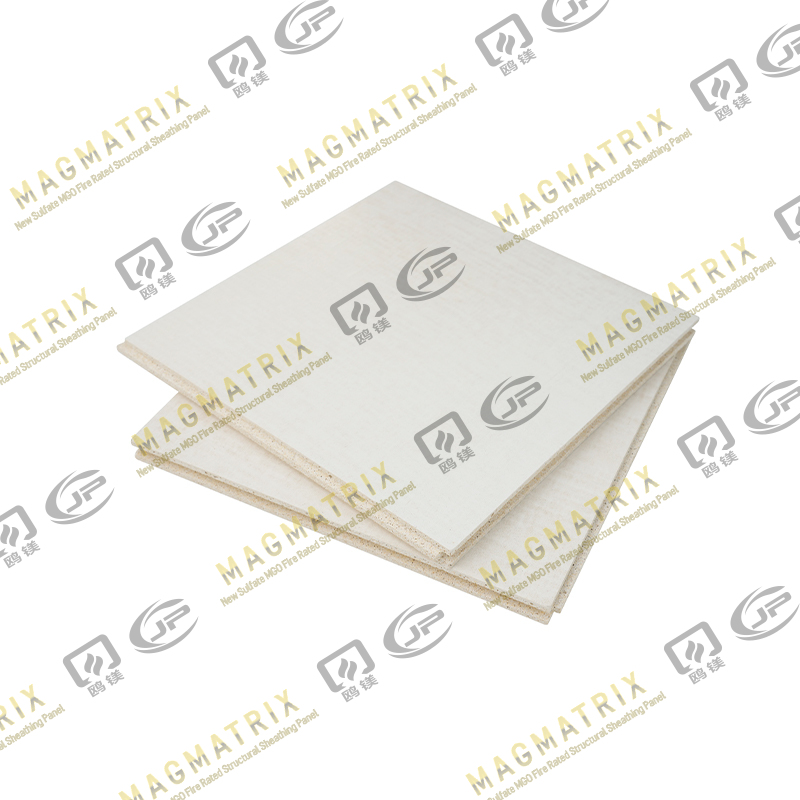Preparing the Subfloor and Surface
Before installing MagMatrix MgO Subfloor Sheathing Board, the subfloor must be prepared properly:
Ensure a clean, dry, and level surface: Remove debris, dust, or moisture to allow the MgO boards to sit securely. Moisture or dirt between the boards and subfloor can cause poor adhesion and lead to expansion, cracking, or delamination over time.
Use a vapor barrier if installing in areas prone to moisture (e.g., basements, high humidity environments). This will prevent moisture from affecting the MgO boards and reduce the risk of expansion or warping.
Proper Spacing and Expansion Gaps
One of the key considerations when installing MgO subfloor panels is to account for thermal expansion and contraction:
Leave a gap (approximately 1/8 inch to 1/4 inch) between the panels and the walls to allow for movement. This gap helps to prevent buckling or cracking due to expansion during temperature changes.
Do not butt panels tightly together, as this can cause the boards to buckle or crack under pressure. Instead, leave small gaps that are later covered by baseboard or trim.
Correct Fastening Techniques
Choosing the right fasteners and installation method is essential for preventing movement that can lead to cracking or delamination:
Use corrosion-resistant screws (such as stainless steel or galvanized screws) to attach MgO subfloor panels securely to the underlying framing. The fasteners should be long enough to anchor the boards effectively without going through the other side of the substrate.
Spacing of fasteners: Place fasteners at the recommended spacing (usually about 6 inches apart on the edges and 8 to 10 inches in the field). This ensures the panels are securely fastened without the risk of warping or uneven pressure on the board surface.
Screw heads should be slightly recessed, avoiding overdriving, which could cause cracking or surface damage. A recessed screw head also prevents the screw from affecting the floor finish.
Do not use nails to fasten MgO panels, as nails are less effective at holding the material in place over time, potentially leading to movement and delamination.
Installation Method for Panel Alignment
MgO boards should be laid out in a manner that ensures structural integrity and prevents unnecessary stress:
Stagger the seams between adjacent panels to prevent weak spots and ensure load distribution. This technique improves the overall structural strength and prevents concentrated stress on one panel.
Install the boards perpendicular to the floor joists to maximize strength. The panel edges should align with the center of the joists to prevent movement that can lead to cracking or delamination.
Use a tongue-and-groove system (if available) for improved alignment and strength. This reduces the potential for gaps between panels and enhances the overall strength of the subflooring.
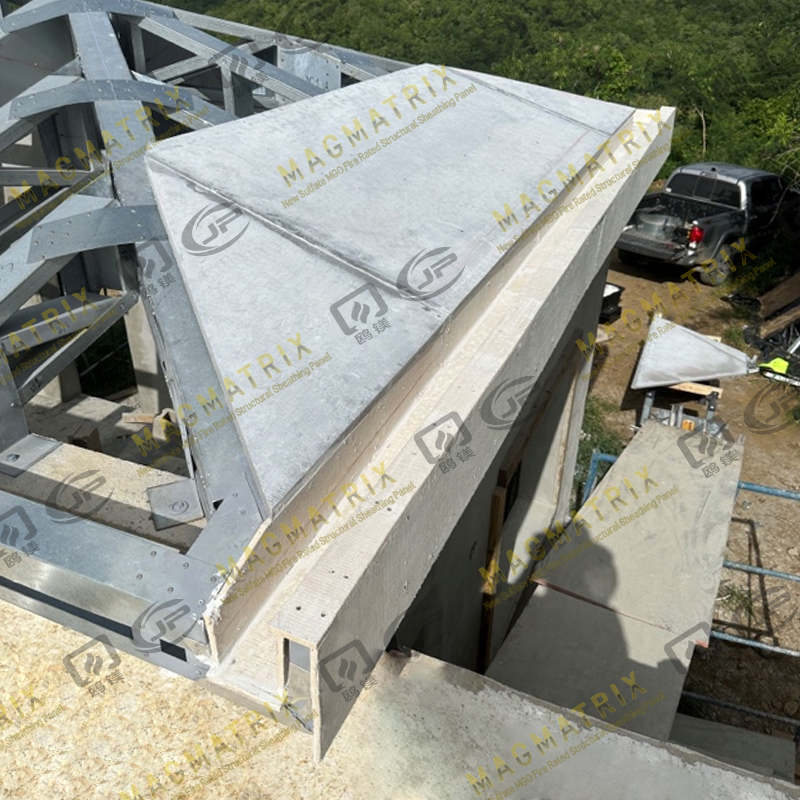
Handling and Storage Prior to Installation
Improper handling and storage can cause the MgO panels to become damaged before installation:
Store MgO boards on a flat, dry surface to prevent warping. They should be elevated off the ground to avoid contact with moisture.
Avoid exposing MgO panels to excessive moisture during storage and transport, as this can weaken the boards and lead to swelling or delamination when installed.
Handle boards carefully during installation to avoid cracking or surface damage, especially around the edges.
Moisture Control During Installation
Moisture can cause the panels to swell, which increases the risk of cracking and delamination:
Do not install MgO subfloor boards in wet conditions. The environment should be dry, and all moisture problems should be addressed before installation.
Consider using moisture-resistant coatings or sealers on the edges of the panels in environments prone to high humidity or water exposure. This will help protect the material from moisture infiltration.
Allowing for Proper Curing
If using adhesives or screws with glue to secure the MgO subflooring, allow sufficient time for curing:
Ensure that any adhesive or bonding agent is fully cured before the space is subjected to foot traffic or weight. This ensures the board is firmly attached and prevents delamination over time.
Post-Installation Care
Once installed, MgO subfloor panels require proper maintenance to ensure long-term durability:
Monitor humidity levels in the area to prevent excessive moisture or dryness that could affect the panels. Use humidifiers or dehumidifiers to keep the indoor environment stable.
Inspect the panels regularly for any signs of cracking, delamination, or movement, and address any issues promptly to prevent further damage.
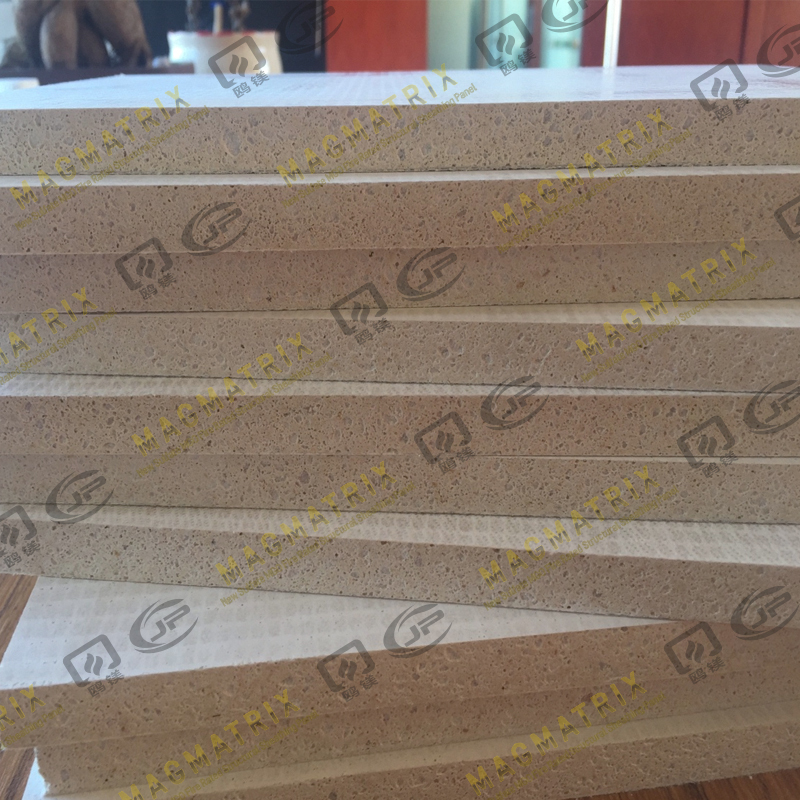 BMSC 517 New Sulfate MgO Board
BMSC 517 New Sulfate MgO Board Multi-Support MgO Wall Sheathing Board
Multi-Support MgO Wall Sheathing Board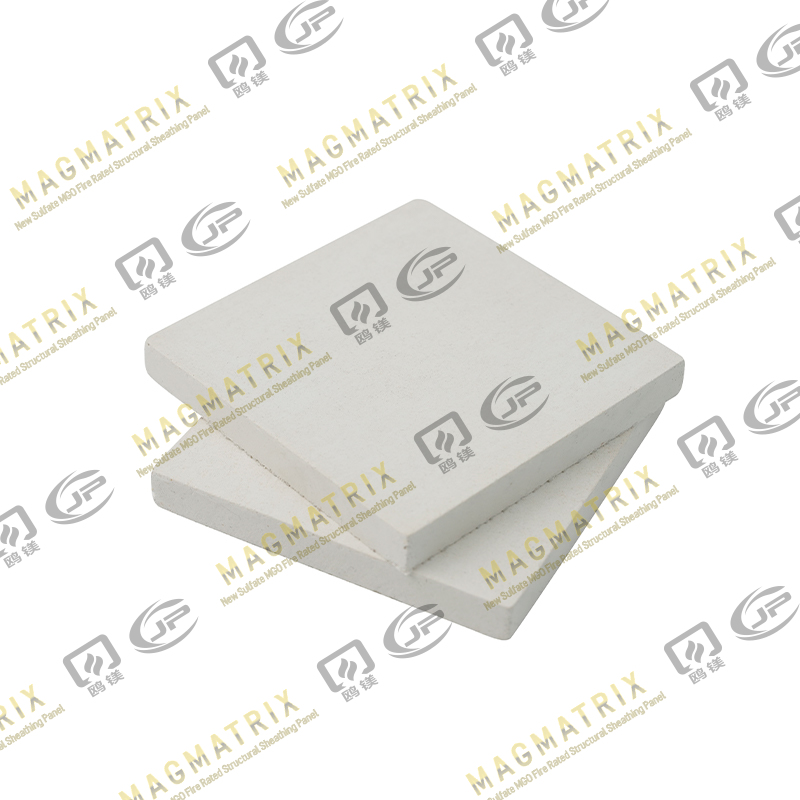 Perseverance MgO Wall Sheathing Board
Perseverance MgO Wall Sheathing Board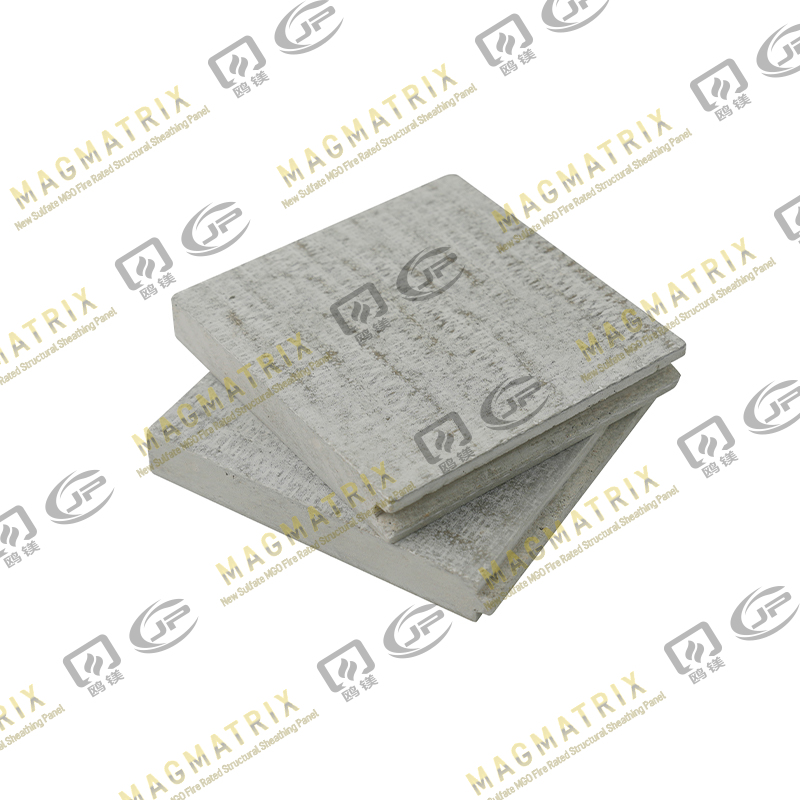 Multi-Support MgO Subfloor Sheathing Board
Multi-Support MgO Subfloor Sheathing Board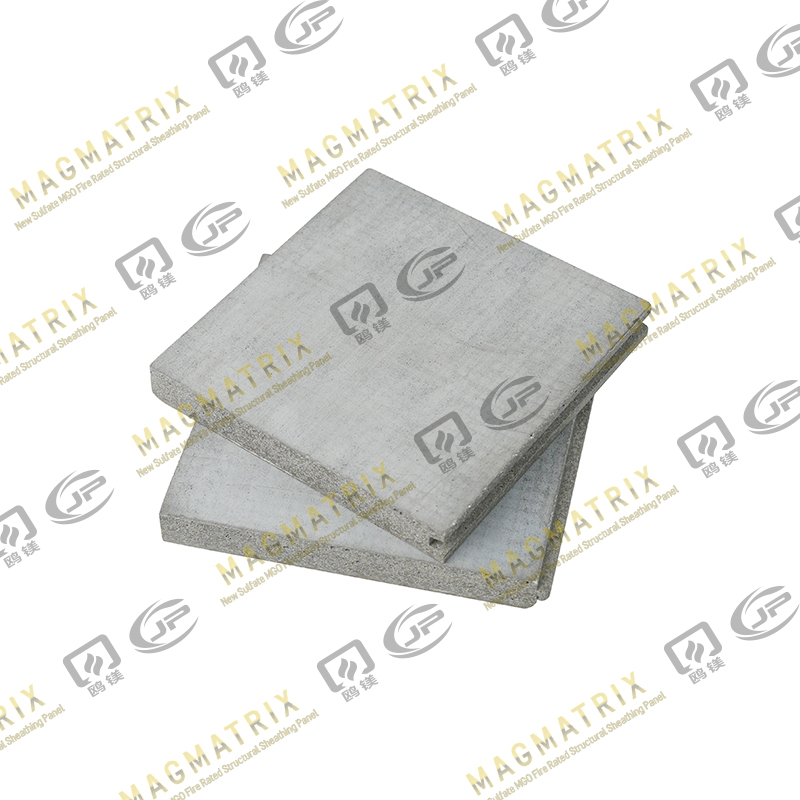 Perseverance MgO Subfloor Sheathing Board
Perseverance MgO Subfloor Sheathing Board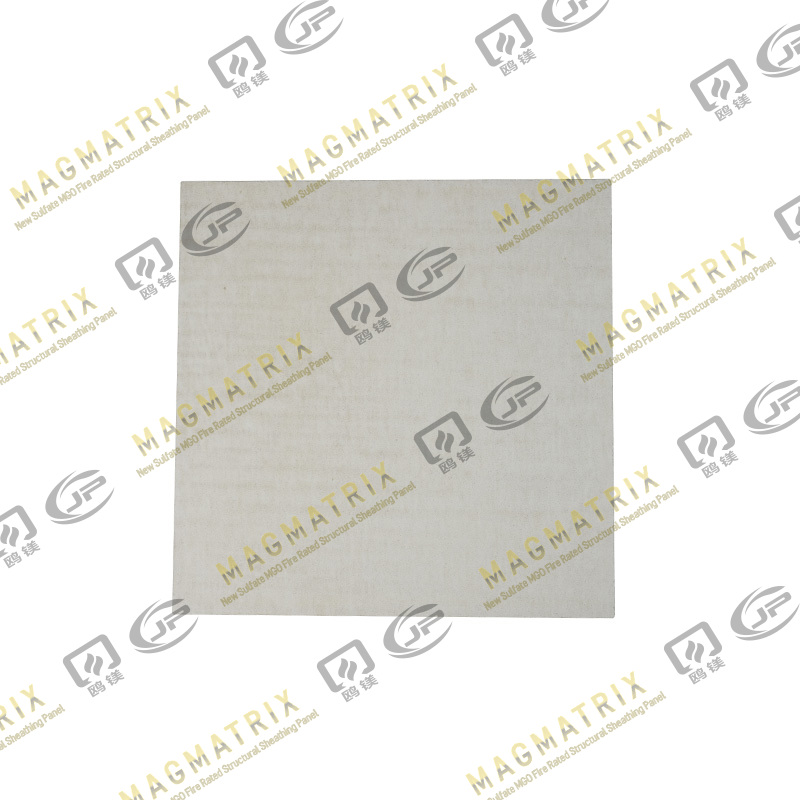 MagMatrix MgO Underlayment Panel/board
MagMatrix MgO Underlayment Panel/board


 English
English русский
русский Español
Español
